Barron’s Energy Insider | In Partnership with OPIS | Video – August 18, 2025
Watch: Barron’s Senior Energy Writer Laura Sanicola and OPIS Chief Oil Analyst Denton Cinquegrana discuss what’s ahead for oil this week.
Watch this week’s episode for insights into the latest oil supply and demand balance forecasts from OPEC and the EIA as well as possible economic indicators of whether the Fed might cut rates and what that could mean for oil demand.
Transcript:
LAURA SANICOLA: Hi, everyone. This is Laura Sanicola, author of Barron’s Energy Insider, and I’m here today with Denton Cinquegrana, chief oil analyst at OPIS. Denton, thanks for joining me this week.
DENTON CINQUEGRANA: Thanks, Laura. Great to see you.
SANICOLA: You too. So, it’s that time of the month when OPEC and the International Energy Agency come out with their forecasts for oil supply and demand balances. And on the surface, it looks like a little bit more of the same, oil in an oversupply situation through 2026. But can you kinda break down a little bit more what these two organizations were telling us?
CINQUEGRANA: Yeah. Well, it’s like you said. It’s kinda more of the same, but little tweaks here and there. So for example, OPEC left their 2026, 2025 rather, demand forecast in line, tweaked up 26 and 27 a little bit.
The EIA kinda kept theirs pretty flat. The EIA does say that they see a bigger supply surplus coming over the second half of this year and into 2026, where OPEC is probably not. They do see a surplus, but probably not as big as the IEA it does.
And that’s kind of been the case for the last, really, year or two. And then you look at some of the other thinktanks and and analytical groups, and they usually fall somewhere in between those two. So those are the upper and lower bands, if you will.
SANICOLA: Now it could also be that they’re understating demand forecast a little bit, and part of that is that demand’s been really hard to gauge because the impact of US tariffs on other economies and the US economy has had a delayed reaction in markets because of, you know, stockpiling of inventories, a variety of reasons. What economic indicators were you looking at this week to get a sense of whether the Fed might cut rates and what that might mean for oil demand?
CINQUEGRANA: Yeah. I was looking at some of the same gauges that mostly everyone else was, the CPI and the PPI.
CPI came in a little bit lower than expected, and that had the market running to believe that there will be a rate cut in September. But, you know, PPI was a little bit hot and maybe not so fast, type of thing. But, you know, some of these numbers could be distorted by by traffic and people trying to get ahead of tariffs.
For example, OPIS reported this morning that the July traffic in the ports of Long Beach in Los Angeles and in San Pedro Bay, record levels in July. So this could be stockpiling ahead that could be, you know, kinda distorting the statistics a little bit as well. So, again, stay tuned.
SANICOLA: Alright. Well, thanks for that update, and thanks everyone for joining us. We’ll see you next week.

